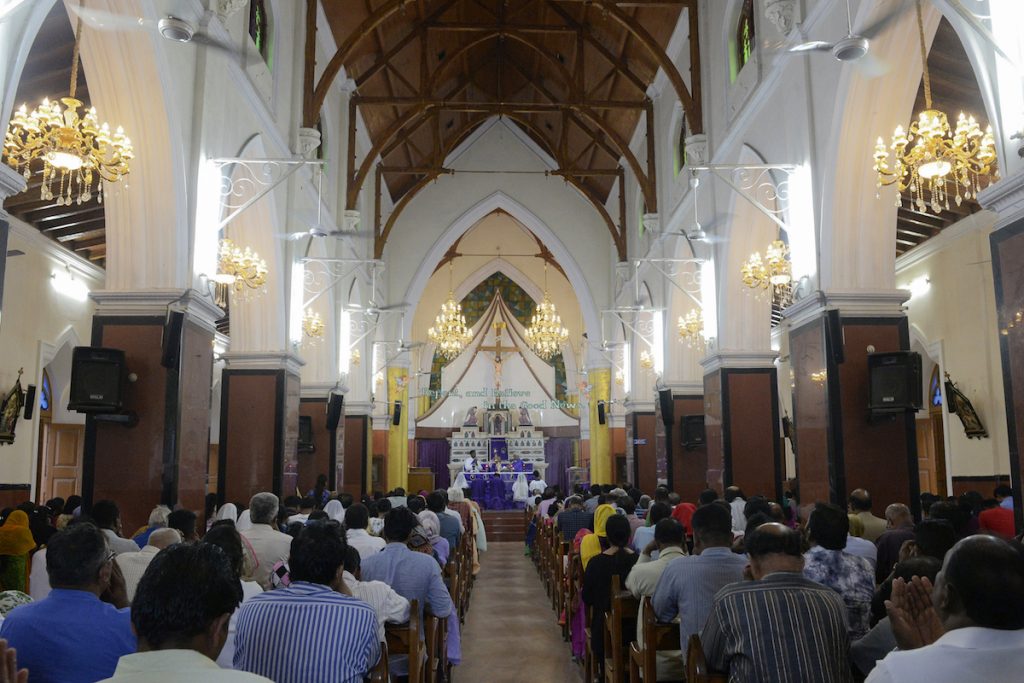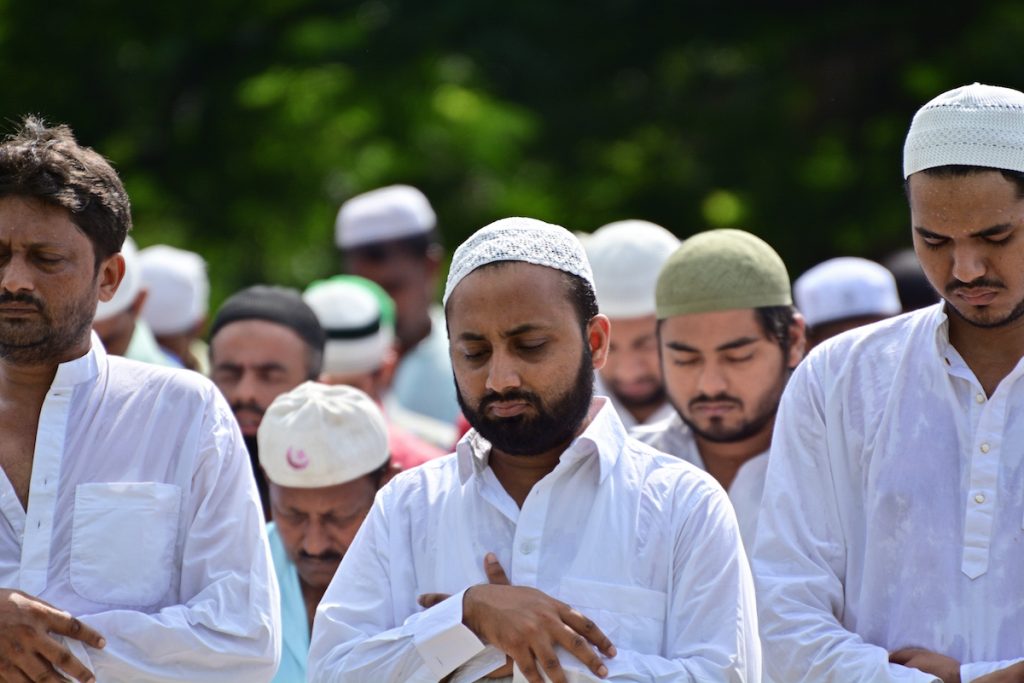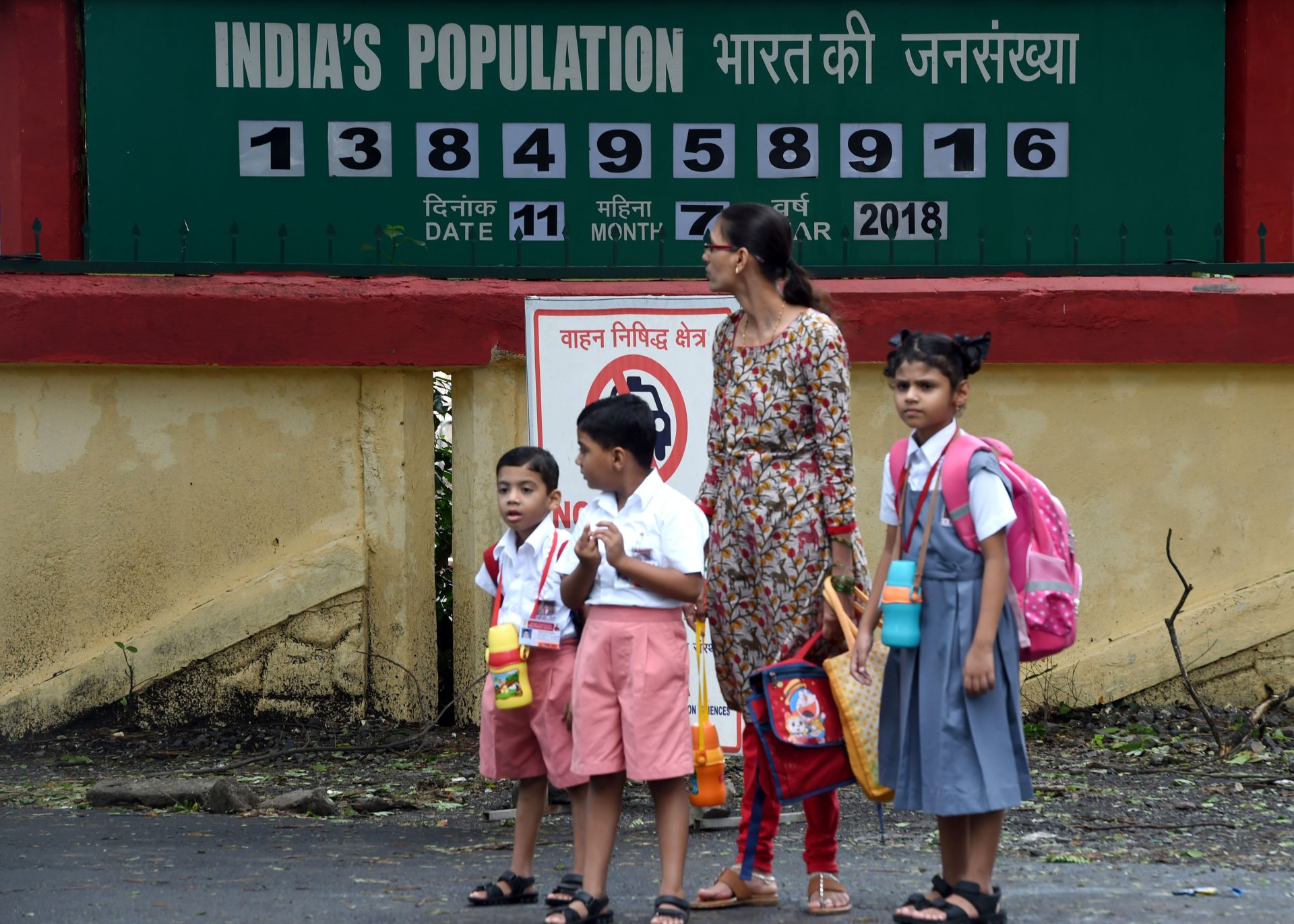The result of a recent survey in India revealed that the total fertility rate (TFR) among the country’s Christians has declined.
The fifth round of the National Family Health Survey (NFHS-5) revealed that for Christians, the “Total Fertility Rate” dropped to 1.88, for Muslims (2.36), for Hindus (1.94), for Sikhs (1.61), for Buddhist (1.39) and Jains (1.6), respectively.
Fertility rate is the average number of children a woman will have before the end of her child bearing years, an important factor in population growth.
After the fifth round of the National Family Health Survey (NFHS) 2019-2021, the TFR for India stood at 2.0 children as against 2.2 children in the fourth round in 2015-16, which is less than the “replacement level” of 2.1.
“Replacement level” is the level at which the population replaces itself from one generation to the next without migration.
The NFHS is a large-scale, multi-round survey conducted in a representative sample of households throughout India.
Catholic priest Savarimuthu Shankar, spokesman of the Archdiocese of Delhi, said the declining population is “a great achievement” for a country that has been struggling to control its burgeoning population.
The decline in fertility rate has been in both urban (1.63) and rural (2.14) areas.
Five rounds of the NHFS have been held beginning from 1992-93.
Christians whose TFR fell by about a third to 1.88 in the fifth round also saw a steady decline in the earlier four rounds.
In the first round held in 1992-1993, the TFR for Christians stood at 2.87, in the next round (1998-1999) it fell to 2.44, and in the third (2005-2006) it further slipped to 2.34. In the fourth round (2015-2016), it fell to 1.99.
Father Shankar said the reason behind the steady decline of the Christian population is education. He said that with more women educated, more of them marry late, contributing to the decline in population and in the decreasing infant mortality rates.
People are also realizing that small families with less children are more economical in the face of rising prices and fewer jobs in the country, said the priest.

‘Urgent social emergency’
Pope Francis, meanwhile, decried the low birth rate in Western countries, describing it as an urgent social emergency and a “new poverty.”
In a message on May 12, the pontiff noted that “fewer and fewer children are being born, and this means impoverishing everyone’s future,” especially in Europe and the West.
The pope’s message was read during the second edition of the meeting “The General State of the Birth Rate,” held in Rome on May 12-13. Pope Francis spoke at the meeting in 2021.
“The General State of the Birth Rate” brought together political, business, and organization leaders to reflect on Italy’s demographic crisis, caused by one of the lowest birth rates in Europe: 1.24 births per woman.
Pope Francis said there was an invisible “existential periphery” in the West, consisting of the men and women who want to have children but are unable to achieve it.
Struggling to realize their dream of children, some people settle for “mediocre substitutes,” he added, such as work, cars, travel, and leisure time.
“The beauty of a family full of children is in danger of becoming a utopia, a dream difficult to realize,” he said.
“This is a new poverty that scares me,” the pope commented. “It is the generative poverty of those who discount the desire for happiness in their hearts, of those who resign themselves to watering down their greatest aspirations, of those who settle for little and stop hoping big.”
“Yes,” he continued, “it is a tragic poverty, because it affects human beings in their greatest wealth: bringing lives into the world to care for them, passing on to others the received existence with love.”

Muslims in India
Akhtarul Wassey, professor emeritus of Islamic studies of Jamia Millia Islamia, said the same reasons are noted among Muslims whose total fertility rate dropped by 46.5 percent. It declined from 4.4 children per woman in 1992-92 to 2.3 children in 2019-20.
Education plays a vital role in deciding the fertility rate, he said, adding that Muslim women are getting educated and are developing “social consciousness.”
Girls are marrying late, he said, adding that Muslims are also planning their families.
Except for Muslims (2.36), all other religions have a fertility rate of less than 2 — with the lowest fertility rate among Buddhists at 1.39.
The TFR among Hindus declined by 41.2 percent, with the current TFR at 1.94.
There were, however, some states whose fertility rate went up.
The southern state of Kerala has seen its fertility rate go up from 1.56 in 2015-2016 to 1.79 in 2019-2021, while neighboring state Tamil Nadu has seen its fertility rate go up to 1.76, from 1.70.
Nagaland saw the sharpest decline in the TFR from 2.7 to 1.7 children.
The survey shows that women in rural areas had a higher fertility rate (2.1) than their urban counterparts (1.6) in 2019-21.
Education also played a vital role in deciding the fertility rate. Women with no schooling had an average of 2.8 children, compared to 1.8 children for women with 12 or more years of schooling.
The fertility rate also had a bearing on household wealth, which was found to be indirectly proportional by the survey.
For the wealthiest population, the TFR stood at 1.6 children. However, for the women in the lowest category of wealth, the number was 2.6 children.
The final round of the survey also reveals that for the first time in India, between 2019-2021, there were 1,020 adult women per 1,000 men. The sex ratio has always been more skewed toward men.
The final round of the survey was conducted in avout 6.1 lakh sample households from 707 districts of the country, covering 7,24,115 women and 1,01,839 men to provide disaggregated estimates up to the district level.







